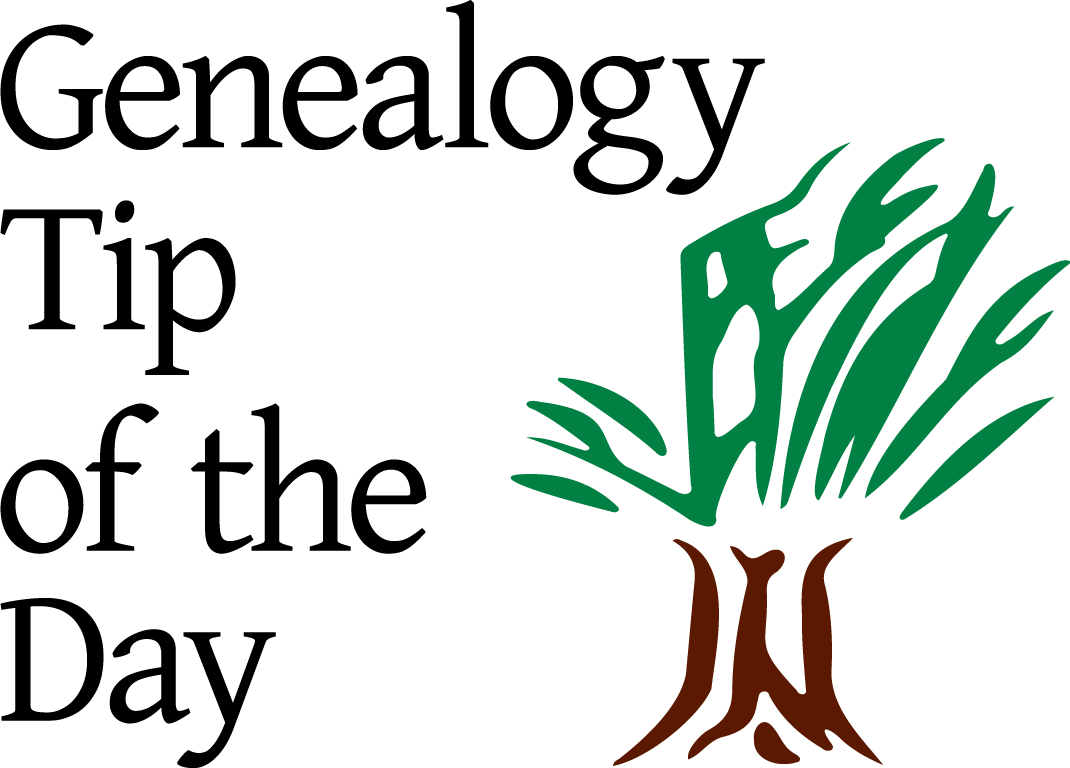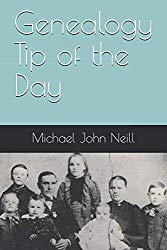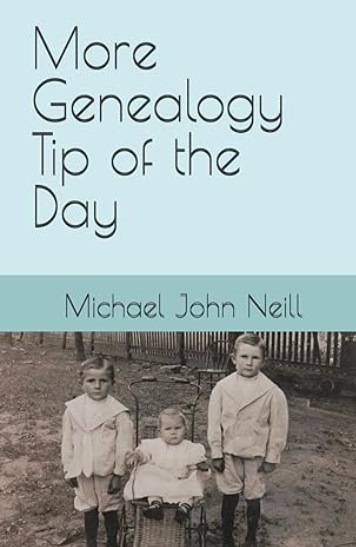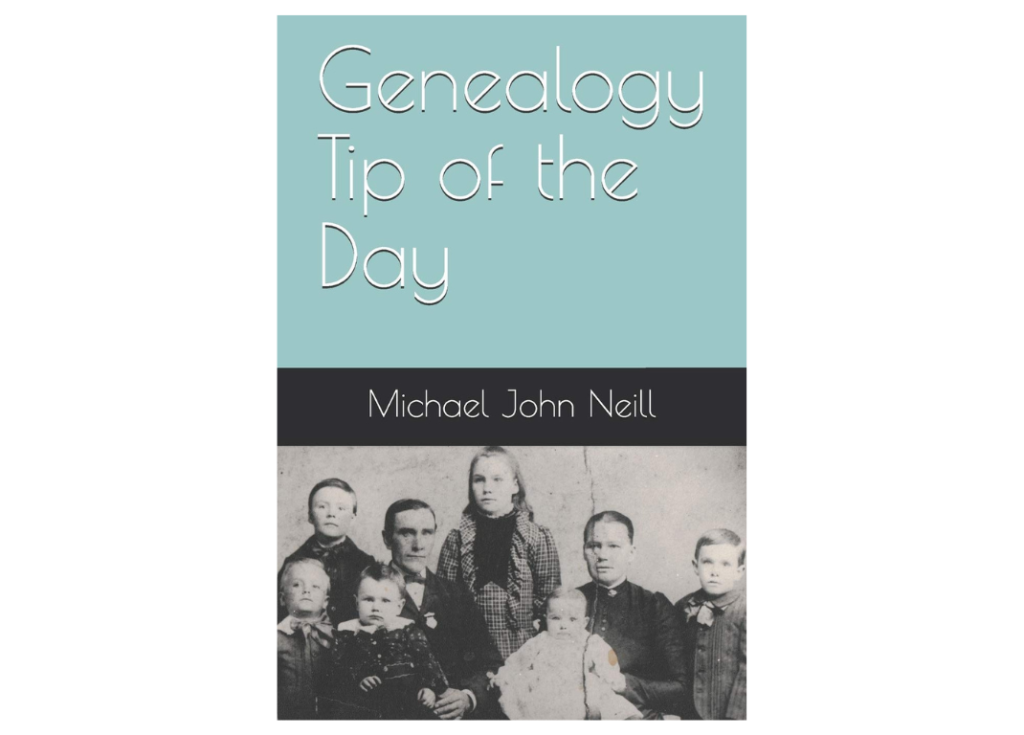A relative whose name was Beverley always went by “Bev.” That’s the name she signed on various cards and letters sent to my parents over the years. One item had slipped in with letters from another side of the family and, without context and while thinking too fast, I found myself asking “Who is Ben? Or who is Benjamin?” It was a little while before I realized there was no Ben at all. The “v” at the end of Bev looked like an “n.” Sometimes one little letter is all it takes. And it can be worse with names that are short because there’s less context with which to work.
We’ve announced details of my 2025 trips to the FamilySearch library in Salt Lake and the Allen County Public Library in Ft. Wayne, Indiana. Salt Lake City trip details. Ft. Wayne trip.
More than names of places can change. Names of schools, churches, and other organizations can change as well. Do you document those? The name of the school district I went to changed while I was there–once named for it’s location within the county, once named for the main town, once with the word “community” thrown in. Did your ancestor really switch churches or did the name of the congregation change?
The map was in my parents’ things and it brought back memories of a trip my whole family took a trip to Peoria, Illinois, in the 1980s when I competed in a regional spelling bee. We ate our noon meal at the former’s Jumer’s restaurant (shown on the map). It was the days before online maps and navigation. I am reasonably certain Mom did not draw the map, but I’m not entirely certain. The map brought back memories. Do I need to preserve the paper map? I’m not certain. I can certainly make a digital image of the map, but I am thinking that I should file it in a folder of “not so important images.” My children or my descendants will do good to look at a […]
If Alice gives Homer money or property in her will, it’s a pretty good bet that Alice knew (or thought) that Homer was alive when the will was written and signed. It’s possible that Homer died after the will was written but before Alice or before the will completed the probate process. People do change their will when someone they provide for in it dies, but that’s not always the case. Alice’s will may have taken into account Homer’s potential dying by mentioning that upon Homer’s death the property Alice intended for him went to “Homer’s heirs,” “Homer’s descendants per stirpes,” or some similar phrase. Read the entire estate file to determine if Homer’s share went to Homer or to his heirs.
The will that is admitted to probate by the judge of the appropriate court is the one that matters–at least to the beneficiaries and heirs. But there may have been other wills. Sometimes a will is denied probate even if it is brought to the court. That unprobated will may still contain genealogical clues, even if there was denied admission to probate. When going through an individual’s effects, one may find copies of wills that were never admitted to probate because they were revoked by the testator and replaced with a new one or (more rarely) because they were not found in time to be admitted to probate. Those invalid, revoked, or “lost” wills can contain just as many genealogical clues as the one admitted to probate. And […]
It never hurts to ask someone else “what is this?” I ran across an online posting indicating a former US president had written a decree in a divorce case. While I remembered the president having been an attorney, I did not remember him being a judge. Knowing that memories are sometimes ephemeral things (mine included), I recognized the fact that I could be wrong. Instead of scanning biographies of the former president, I decided to look at the original copy of the document to which the posting referred. A quick read of it made it clear what it was: a bill of complaint in a divorce case. It was not any sort of verdict or order issued by a judge. The former president had written a “bill” for […]
Land records generally record the acquisition and disposition of land. Property tax records may indicate that the owner is deceased or that the widow or someone else is paying the taxes on the property. There may not be a deed transferring the ownership from the estate of the deceased to the heirs until years after their death. If you need to estimate a date of death for a land owner and death records are not extant, consider looking for a death clue in the property tax records.
This is not a tip about court records. It is a trial tip to see if our new email distribution system is working. If you have issues with getting tip of the day, please email me at michael@genealogytipoftheday.com. Please bear with us for a few days as we work the bugs out. And if you ancestor went to trial, make certain you are checking records of all applicable courts 😉
Generally speaking, genealogists who write and lecture extensively about genealogy research and methodology, put sources in one of three categories: This classification scheme is not perfect. No scheme is perfect. This classification scheme does not comment on the accuracy of the record. That’s the job of the researcher as some original sources are virtually worthless and some derivative sources are excellent. For more about record classification and analysis, consult Evidence Explained.
An excellent problem-solving technique is to write up your “problem” as if you were explaining it to someone totally unfamiliar with the time period, the family, and the location. Organizing your thoughts and your current research for someone else to read and to follow may be give you additional insight into where you appear to be stumbling. Gaps are easier to notice when we try and clearly explain our problem completely to someone else. You may be able to “write over” your brick wall!
Beginning 31 August, we’ll have a different service sending our emails. Please make certain that michael@genealogytipoftheday.com is an allowed sending in your system as that is the address from which the daily tips will be sent. Thanks for your continued support. It is appreciated.
Never change the order of any names in a document. Children could (but not necessarily) be listed in order of age in a will. If an older child is listed last in a census enumeration it may mean that they weren’t really living there or had moved back home (or it could just be an “error” on the part of the census taker). Heirs may be listed in order of age on a quit claim deed (or they may not). The order may be a clue, but try and use other documentation to back up any conclusions you make about the order. And remember that order, sometimes like life, may be completely random and meaningless.
When going through a relative’s home or effects, don’t neglect to look everywhere. When we emptied my parents’ home, my Mom’s piano and piano bench were put in storage along with some other items. Today I discovered two folders of papers from three of my grandparents tucked under sheet music in the piano bench. Not a place I thought to look.
The postcard is addressed to my great-grandfather Habben and is postmarked 15 August 1968 in Little America, Wyoming. It’s addressed as “Dear Dad” and is unsigned. There’s a picture of the Salt Lake City Temple on the reverse. I’m about 99% certain it was written by my grandmother (predominantly based on the handwriting and the fact that Grandma had the card in her possession upon her death). But once I’m gone the chance that someone living has the knowledge to determine that is slim. So the digital image I have made of that post card includes my reasoning for why I think my grandmother wrote it. The postcard is in an archival envelope that includes a piece of paper with the same information written on it. Do you […]








Recent Comments